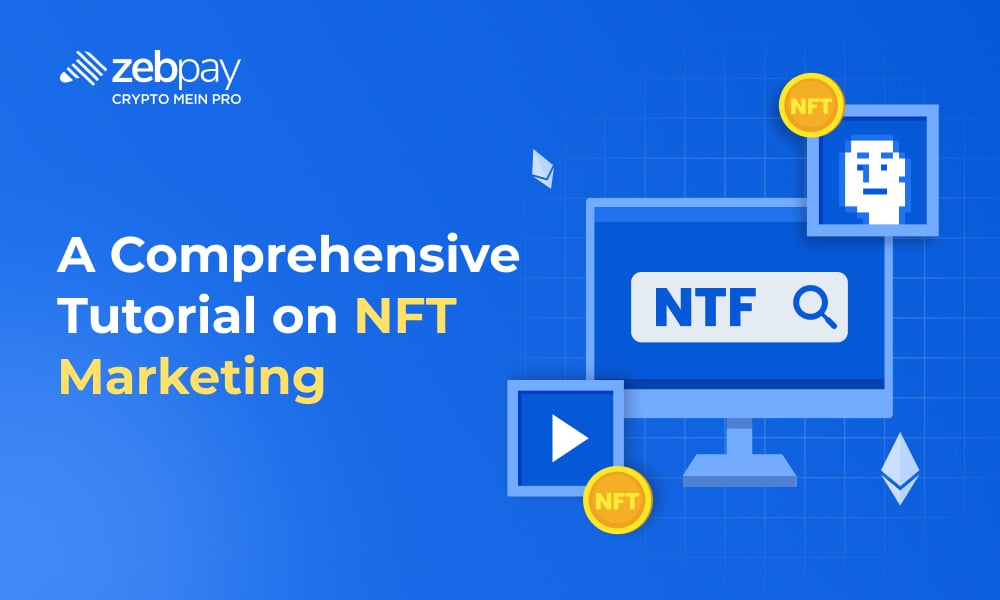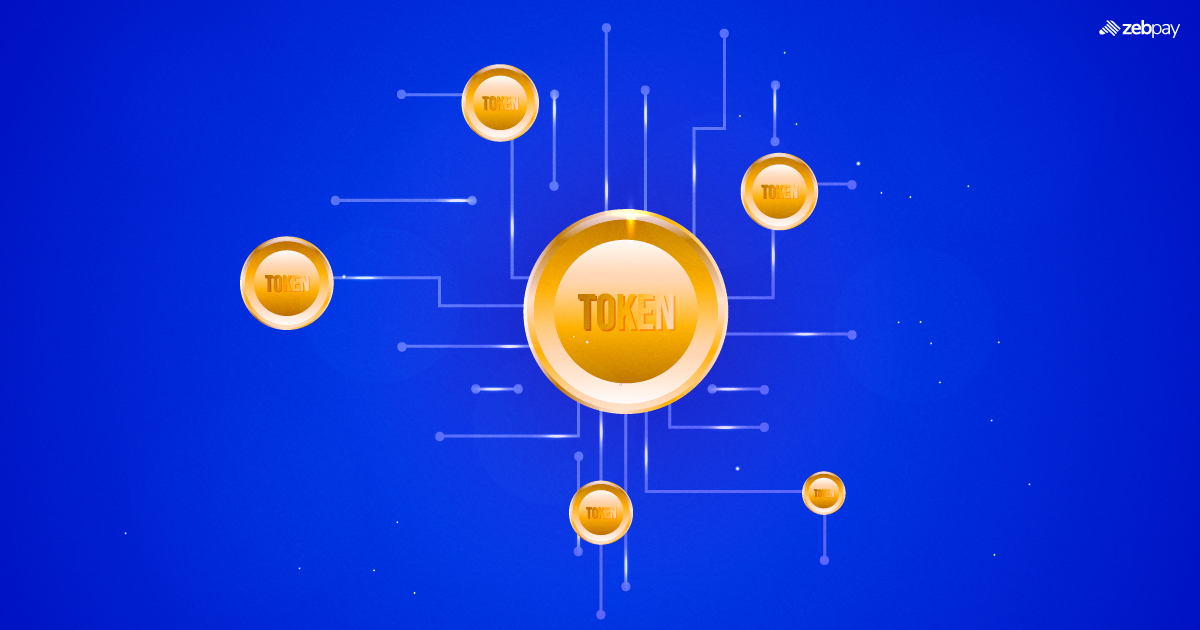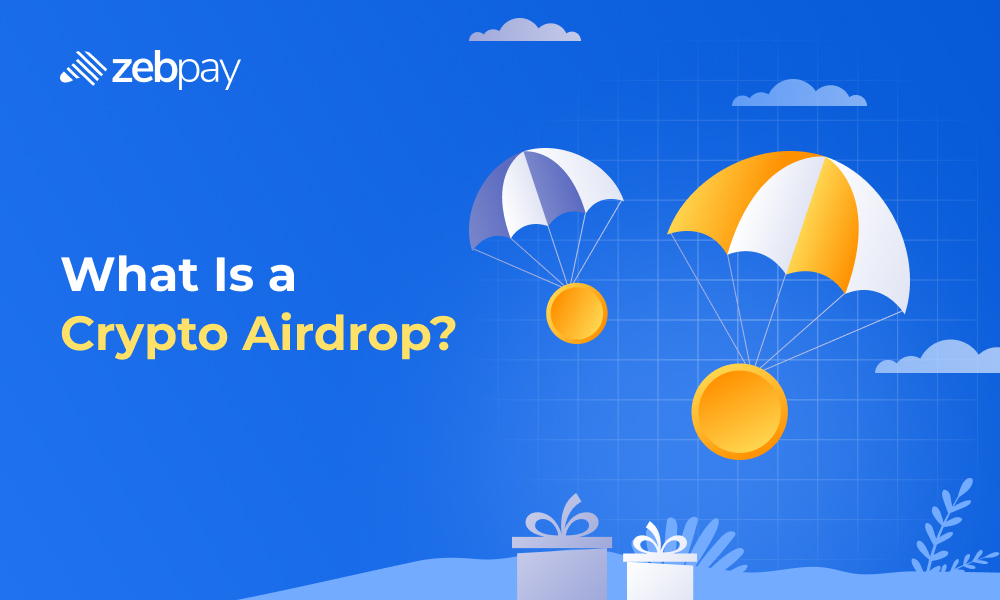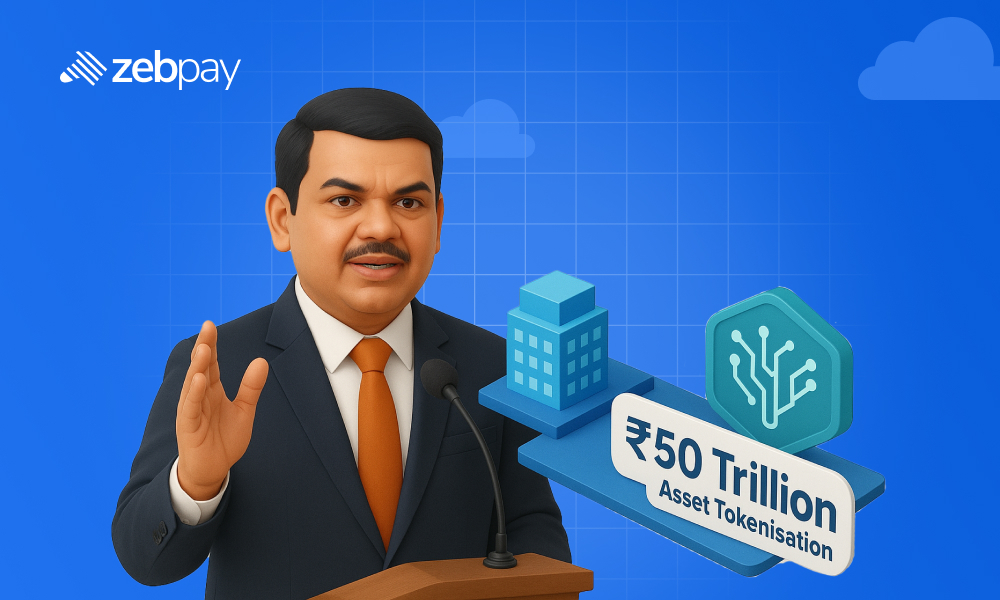Introduction
With the advent of digital assets, various sectors have discovered new and innovative use cases. From a marketing perspective, non-fungible tokens (NFTs) have emerged to provide creators and brands with new marketing prospects. Apart from ensuring ownership of digital goods, NFTs also create new opportunities for engagement, monetisation, and brand differentiation. As NFTs increase in popularity, the need to master NFT marketing will also grow in importance. This article aims to understand how NFT marketing can build hype, engage with audiences, and drive sales.
The Basics of NFT Marketing
| Component | Description |
| Building a Strong Brand Identity | Includes defining one’s project mission, visual style, and unique value proposition. |
| Identifying One’s Target Audience | Understanding the most likely demographic to be interested in NFTs, which include collectors, gamers, or art enthusiasts. |
| Choosing the Right Platforms | Choosing platforms which align with one’s goals, such as OpenSea & Rarible for listing and selling NFTs, and Twitter & Discord for community development. |
| Leveraging Influencers & Partnerships | Collaborations with influencers, belonging to the NFT space, for endorsements to expand reach. |
| Ongoing Promotion & Engagement | Post-launch, the objective is to engage with the community and continue with NFT promotions, through regular updates, new releases, and active participation in relevant discussions. |
Different Strategies for NFT Marketing
Pre-Launch Marketing Strategies
- Teasers and Sneak Peeks: Showcasing previews or limited information about upcoming NFTs.
- Influencer Partnerships: Having partnerships, with influencers in the crypto space, to extend reach.
- Community Building: Growing and nurturing a community around the NFT project before its launch.
Launch Day Strategies
- Maximising Traction: Offering strategies, such as countdowns, live streams, or exclusive early access, for building momentum around the NFT drop.
- Collaborative Launches: Partnering with other creators, artists, or brands for joint drops to increase visibility.
- Special Offers: Introduction of incentives such as limited-edition releases, exclusive content, or future perks for early buyers.
Post-Launch Engagement
- Maintaining Community Engagement: Ensuring that the relationship with the community continues, post-launch, through updates on future airdrops and events.
- Leveraging Secondary Market Sales: Explaining how NFT creators can benefit from resale royalties and tips on fostering secondary market demand.
- Continuous Promotion: Offer guidance on continuous content creation, new collaborations, and promotions to keep the NFTs relevant over time.
Advantages and Disadvantages of NFT Marketing
Advantages
- Enhanced Brand Visibility: It can cause a significant increase in brand awareness, along with attracting attention from media, influencers, and potential customers.
- New Revenue Streams: NFTs offer unique monetisation opportunities, including initial sales, secondary market royalties, and exclusive experiences, for creators and brands.
- Innovation and Differentiation: Inculcating NFTs into market tactics can enable brands to differentiate themselves from competitors, as it can set a brand apart.
Disadvantages
- Market Volatility: On account of volatility, trends of the NFT market can become difficult to predict, resulting in challenges around forecast success and return on investment (ROI).
- Regulatory Uncertainty: Compliance can be a challenge, due to the evolving nature of the NFT regulatory landscape.
Measuring Success and Adaptation of NFT Marketing
Key Performance Indicators (KPIs)
- Sales Volume: To ascertain market interest and financial success, it’ll be important to track the sale of NFTs, both initially and in secondary markets.
- Revenue Generated: For understanding the profitability part of an NFT campaign, it’ll come down to the measurement of total earnings from primary sales and resale royalties.
- Engagement Metrics: Monitoring audience interactions, such as likes, shares, comments, and participation in community activities
Audience Feedback and Sentiment
- Customer Reviews and Comments: Analysing feedback on social media and NFT platforms to understand customer satisfaction and identify improvement areas.
- Sentiment Analysis: Using sentiment analysis tools to gauge the overall mood surrounding an NFT launch.
Market Trends and Competitor Analysis
- Industry Trends: Staying informed about current NFT trends for one to improvise on their marketing strategies and remain competitive.
- Competitor Performance: Analysing how similar NFT projects are performing, and comparing their strategies to identify potential opportunities.
Strategy Adaptation
- A/B Testing: Experimenting with different marketing strategies, using A/B testing, which can help identify yield-generating approaches.
- Iterative Improvements: The need arises to, continuously, refine marketing strategies based on performance data and feedback.
- Post-Launch Engagement: Keep your audience engaged by regularly offering updates, exclusive content, or new releases.
The Future of NFT Marketing
| Integration with the Metaverse | As virtual worlds and the metaverse expand, NFTs will play a central role in digital ownership and identity. |
| Wider Industry Adoption | Broader adoption of NFTs can create diverse marketing opportunities, to become a standard application for customer application and brand building. |
| Personalised Customer Experiences | Through exclusive memberships, VIP access, and customisable digital goods, brands can offer personalised experiences to customers. |
| Sustainable NFTs | Growing demand for NFTs will have the requirement of ensuring that they’re eco-friendly, which can be done through greener blockchains. |
| NFTs as Loyalty Programs | Traditional loyalty programs can undergo a revamp using NFTs, which can offer unique digital rewards and tokens. |
Conclusion
NFT marketing offers a unique opportunity for brands, manufacturers, and entrepreneurs to participate in the growing digital economy. With the right strategies, such as building a strong brand, engaging with the community, utilising special events, and remaining efficient, the NFT market can generate significant growth, visibility, and revenue. As the market becomes more competitive, it becomes important to understand how to measure success and adapt your strategy. Embracing innovation and staying agile should enable NFT to unlock its full potential, and position itself for long-term success in this exciting and ever-changing space.
In the grand scheme of things, ZebPay blogs are here to provide you with crypto wisdom. Click on the button below and discover endless features on ZebPay!




